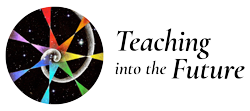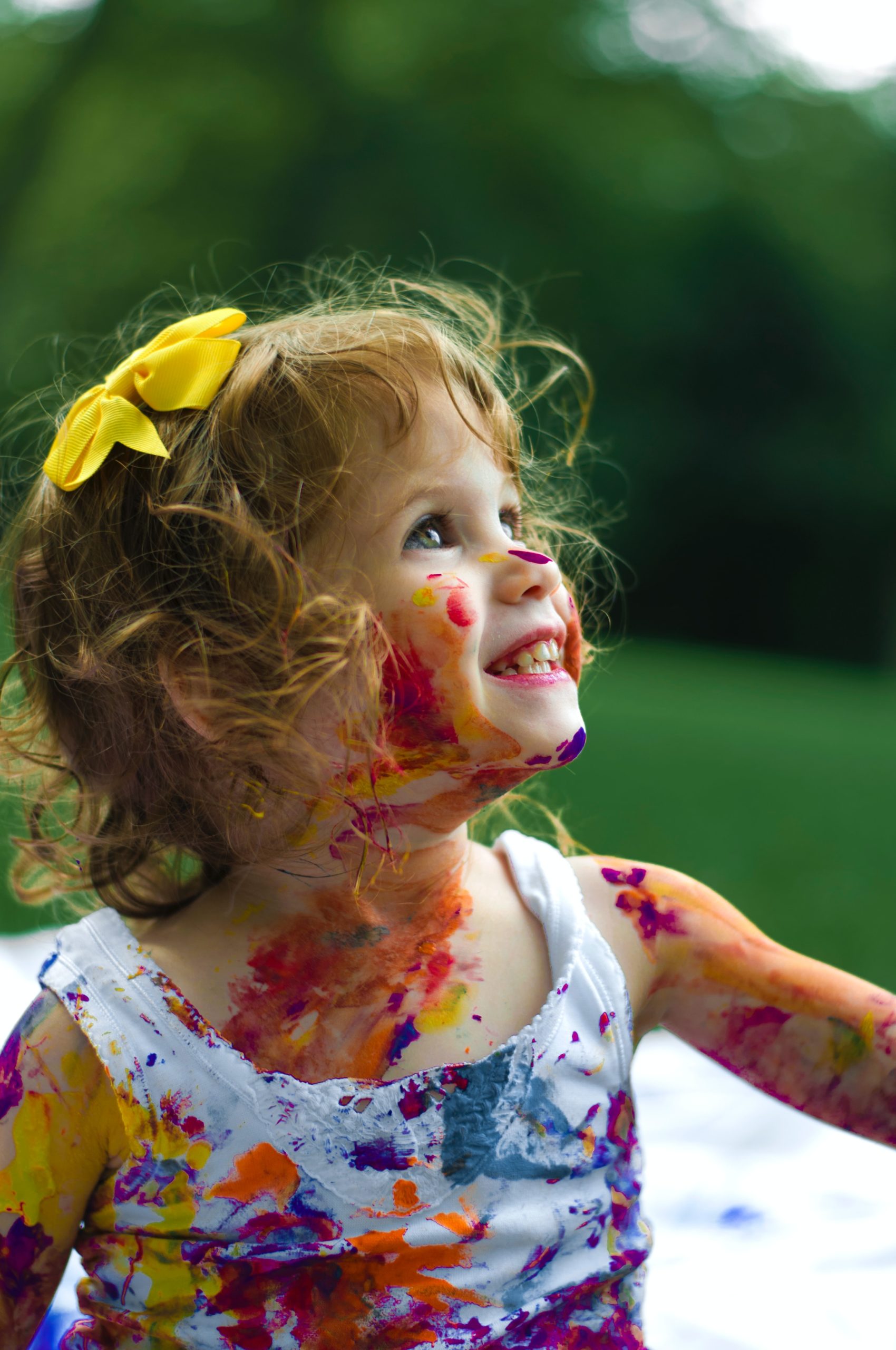When I explored the constructivist approach to learning, I really began to find direction in my inquiry. What is participation but a kind of play?
The constructivist model calls attention to the role of individual experience in knowing and learning. Three constructs emerge from the literature regarding constructivism and have implications for the learning environment. They are (1) learning is an active process, (2) the learner has prior knowledge, and (3) the learner takes responsibility for their own learning. This model supports Palmer’s subject centered teaching model, as well as Steiner’s will-based education. Constructivism puts experience as the central method of the class and the teacher as the facilitator of student inquiry. (Yager, 1991) The term ‘constructivist’ refers to the idea that learners construct knowledge for oneself–each learner individually (and socially) constructs meaning as he or she learns. Constructing meaning is learning; there is no other kind. “We have to focus on the learner in thinking about learning (not on the subject/lesson to be taught” (Cobb, 1987, International Encyclopedia of Education, Constructivism in Education).
The second adage of constructivism is widely divergent from Steiner’s philosophy. The second tenet is that “There is no knowledge independent of the meaning attributed to experience (constructed) by the learner, or community of learners.” (Constructivism in Education, 1987) Though knowledge through experience is a will-based education and a concept Steiner fully endorsed, his overall cosmological view of the nature of the human being allows for the idea that knowledge, or ideas, are ever-present spiritual realities.
Steiner stated that active participation in the classroom calls for the dynamic interplay between the active and the passive mind. In Waldorf education, he highlights both an active and passive state of learning like a process of breathing. “When the world is passive, we become active. When the world is active, we become passive,” stated Samuel Taylor Coleridge in Biographia Literaria. Steiner develops this idea by stating that teachers overcome the illusion that they are limited human beings, inviting them to imagine themselves as a process in the cosmos: ‘ . . a breath drawn by the universe.’
Reverence for the human being, especially for students, is the guiding principle behind Waldorf Education and Palmer’s educational practice. The respect this generates is present when teachers are able to listen to the in-between spaces between active and passive mind. English philosopher Owen Barfield’s guide, in terms of the learning process, is to learn to weave the “half-given, half-created.” By doing so, teachers can read the needs of the children and of the class like a hidden imprint that lies open for study and reflection.
I began to see how a strongly developed Waldorf system of oratory methodology, leaving room for Barfield’s ‘half-given, half-created’, could become a conscious act of balance between the presentation of material given by teachers and that of student creation through participation.Since Waldorf methodology emphasizes authenticity, connectivity, and multi-faceted participation in the classroom, Huzinga’s research on the nature of play proved to be an inspiration. Huizinga identifies the spirit of the play element in culture to be one that embraces a connection with divine spiritual forces with the realities of the present day. Huizinga’s ideas encouraged further research on the nature of play itself, one that allows for the element of play to be separate from cultural associations. Incorporating the sense for playfulness in each lesson expands upon Steiner’s assertion that:
With the child’s play, we can only create preconditions for an education. What is accomplished in play basically happens through self-activity of the child, through everything that cannot be confined to strict rules. Indeed, the essential, educational aspect of play is based on the fact that we call a halt to our rules and to all our arts of education and leave the child to his own impulses. When playing with external objects the child can try out whether this or that will work through his own activity. He brings his own will into activity, into movement. Because of the way in which the external objects behave under the influence of the will, it then happens that the child educates himself for life, simply through play, in a completely different way than through the influence of an older person or of someone’s pedagogical principles (Self-Education in the Light of Spiritual Science, p. 10).
An education for life through the element of play brings us to our essential humanness at every age.

